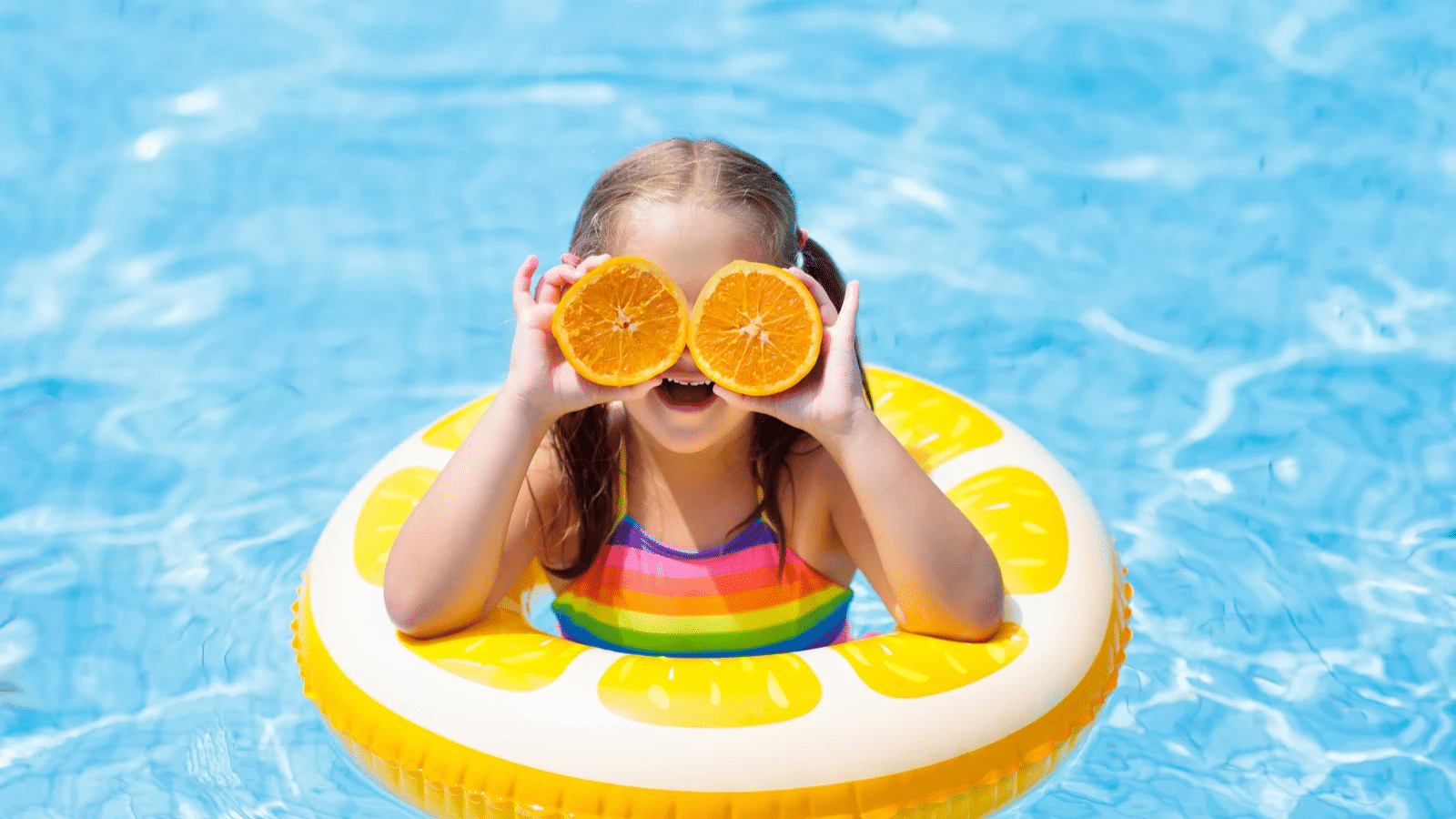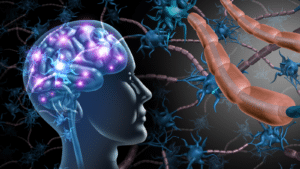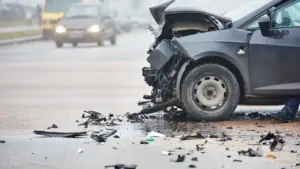
Kids And Cars: Safety Tips
When a child gets into a car, every parent or caregiver’s main concern should be getting that child from Point A to Point B as safe as possible. With all the tips out there and laws changing, it can become overwhelming to keep up. Here are 10 of the most up-to-date safety tips you should follow.





